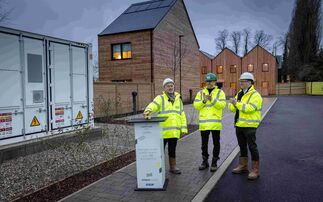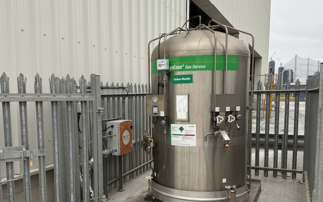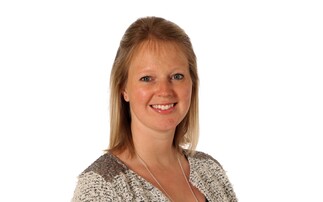Ambitious project outside Abu Dhabi is inspiring new sustainable innovations
Located on the outskirts of Abu Dhabi is a city that's not simply a new place to live, but a new place to think. A city where you won't smell smoke from nearby factory chimney stacks, you won't see inconceivably...
To continue reading this article...
Join BusinessGreen
In just a few clicks you can start your free BusinessGreen Lite membership for 12 months, providing you access to:
- Three complimentary articles per month covering the latest real-time news, analysis, and opinion from Europe’s leading source of information on the Green economy and business
- Receive important and breaking news stories via our daily news alert
- Our weekly newsletter with the best of the week’s green business news and analysis






